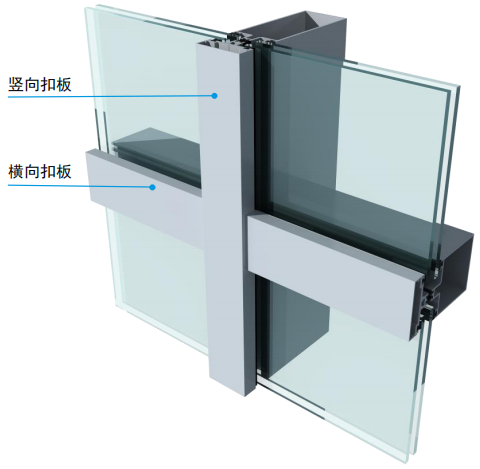

The Float Glass Process An Innovative Approach to Glass Manufacturing
The float glass process, developed in the mid-20th century, revolutionized the way glass is produced, making it a staple in construction, automotive, and decorative applications. This method offers several advantages over traditional glass-making techniques, including improved quality, efficiency, and cost-effectiveness.
At its core, the float glass process involves the production of flat glass sheets by floating molten glass on top of molten tin
. The principle behind this method is based on the fact that glass is less dense than tin, allowing the glass to spread and level itself out, creating a smooth, uniform surface. The process begins with raw materials, primarily silica sand, soda ash, and limestone, which are mixed together and heated in a furnace to produce molten glass. This mixture is heated to a temperature of about 1,700 degrees Celsius, at which point it becomes a liquid.Once the molten glass is ready, it is carefully poured onto a bath of molten tin. The tin bath is maintained at a temperature of around 600 degrees Celsius, which keeps the tin in a liquid state. As the glass flows onto the tin, it spreads out evenly, forming a continuous sheet. The floatation on tin provides two significant benefits it ensures a smooth surface and produces glass with minimal thickness variations. The resulting glass is not only aesthetically pleasing but also structurally sound, making it ideal for a variety of applications.

After the glass sheet is formed, it undergoes a cooling process known as annealing. This process is crucial as it relieves internal stresses that occur during the formation of the glass. The glass is gradually cooled in a controlled environment, allowing it to set properly. Once cooled, the float glass is cut into sheets of various sizes, depending on the intended use.
One of the key advantages of the float glass process is its efficiency. Traditional glass-making methods often involved the labor-intensive process of polishing individual sheets, while the float process produces perfect sheets directly off the production line. Additionally, the float process allows for the production of larger sheets of glass. This capability has opened up new possibilities for architects and designers, enabling larger windows and glass facades that enhance both aesthetics and functionality in modern buildings.
The environmental impact of the float glass process is also noteworthy. Today's production methods are designed with sustainability in mind, utilizing energy-efficient technologies and recycling practices. Many glass manufacturers now incorporate recycled glass into their products, further reducing energy consumption and waste.
In summary, the float glass process represents a significant advancement in glass manufacturing technology. By allowing for the creation of high-quality, uniform glass sheets through a simple yet effective method, it has transformed various industries. From our homes to our vehicles, float glass plays an essential role in modern life. As technology continues to evolve, the potential for new applications and improvements in the float glass process remains promising, paving the way for an even brighter future for this indispensable material.